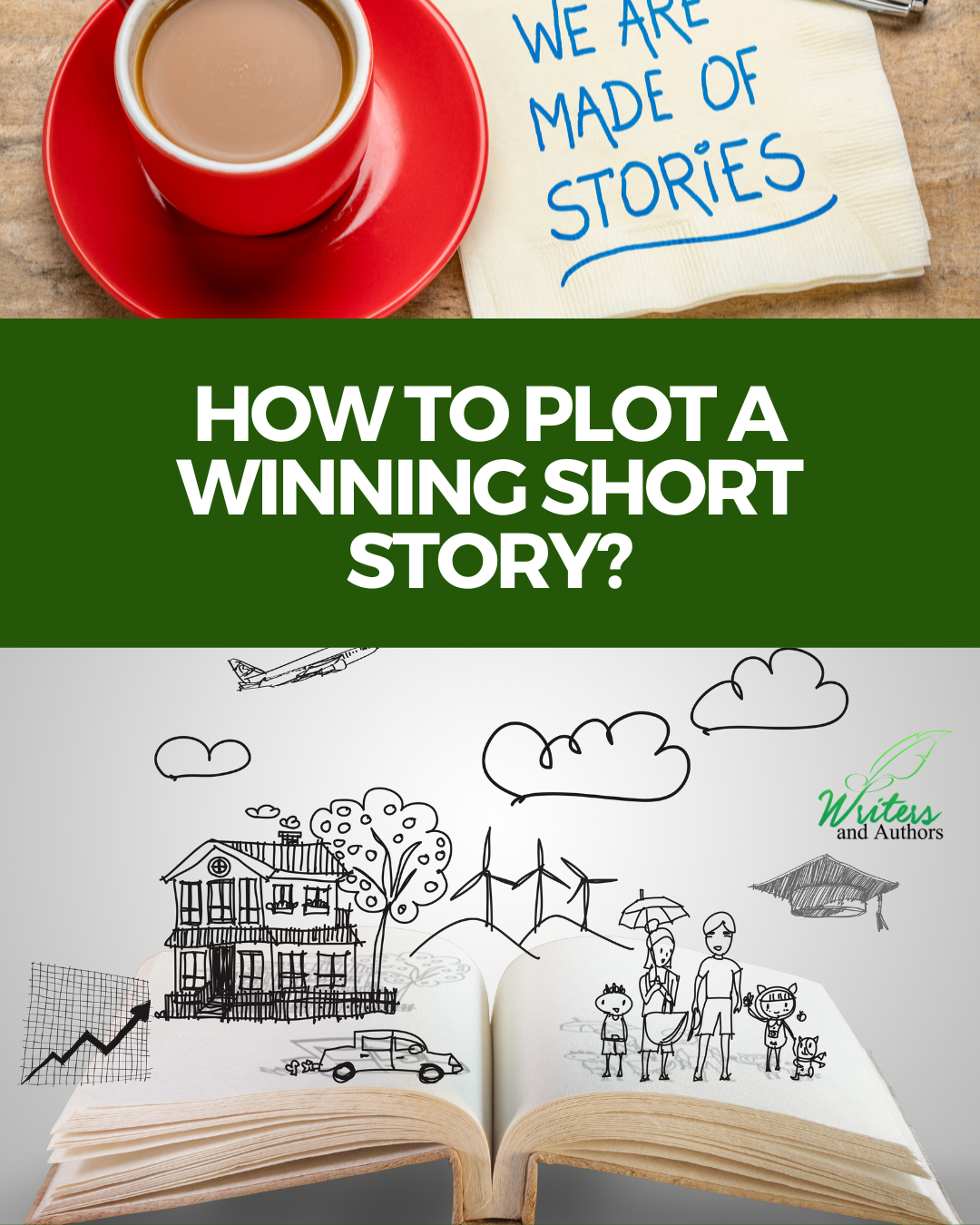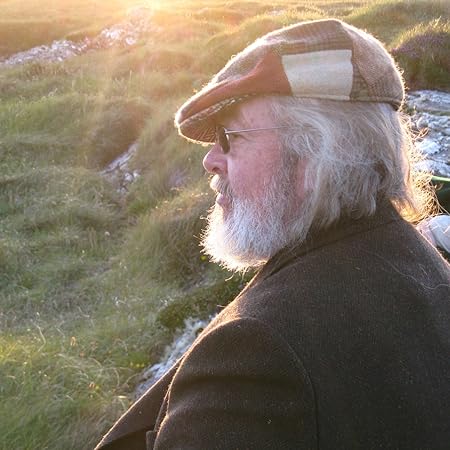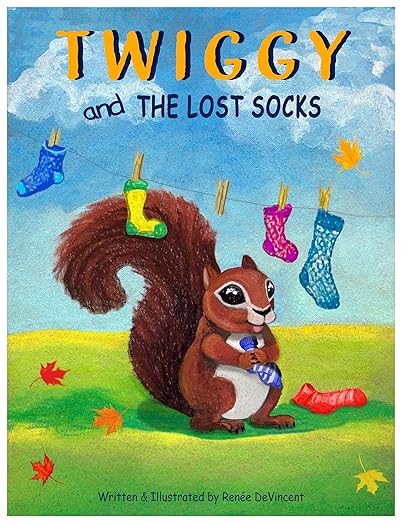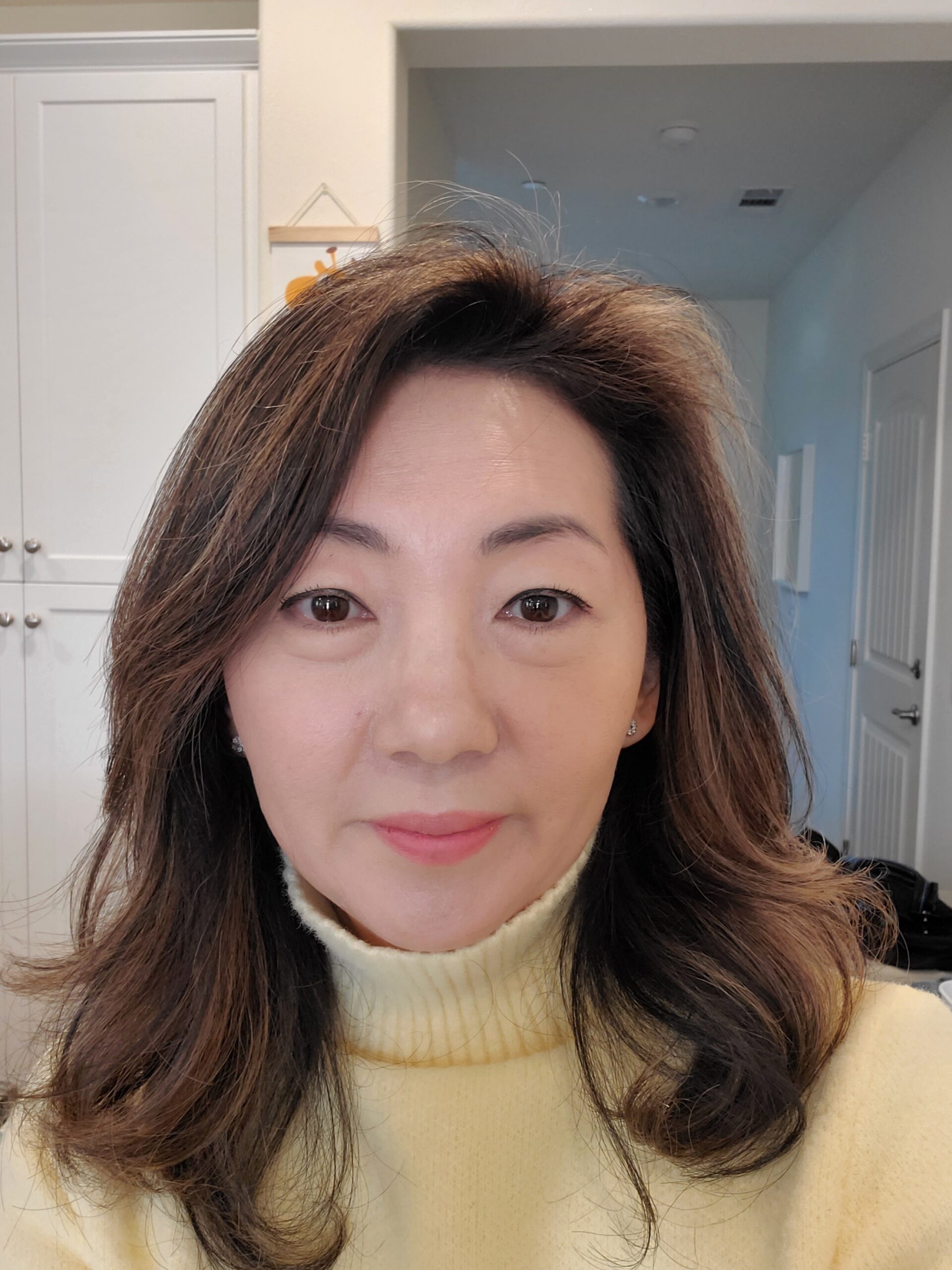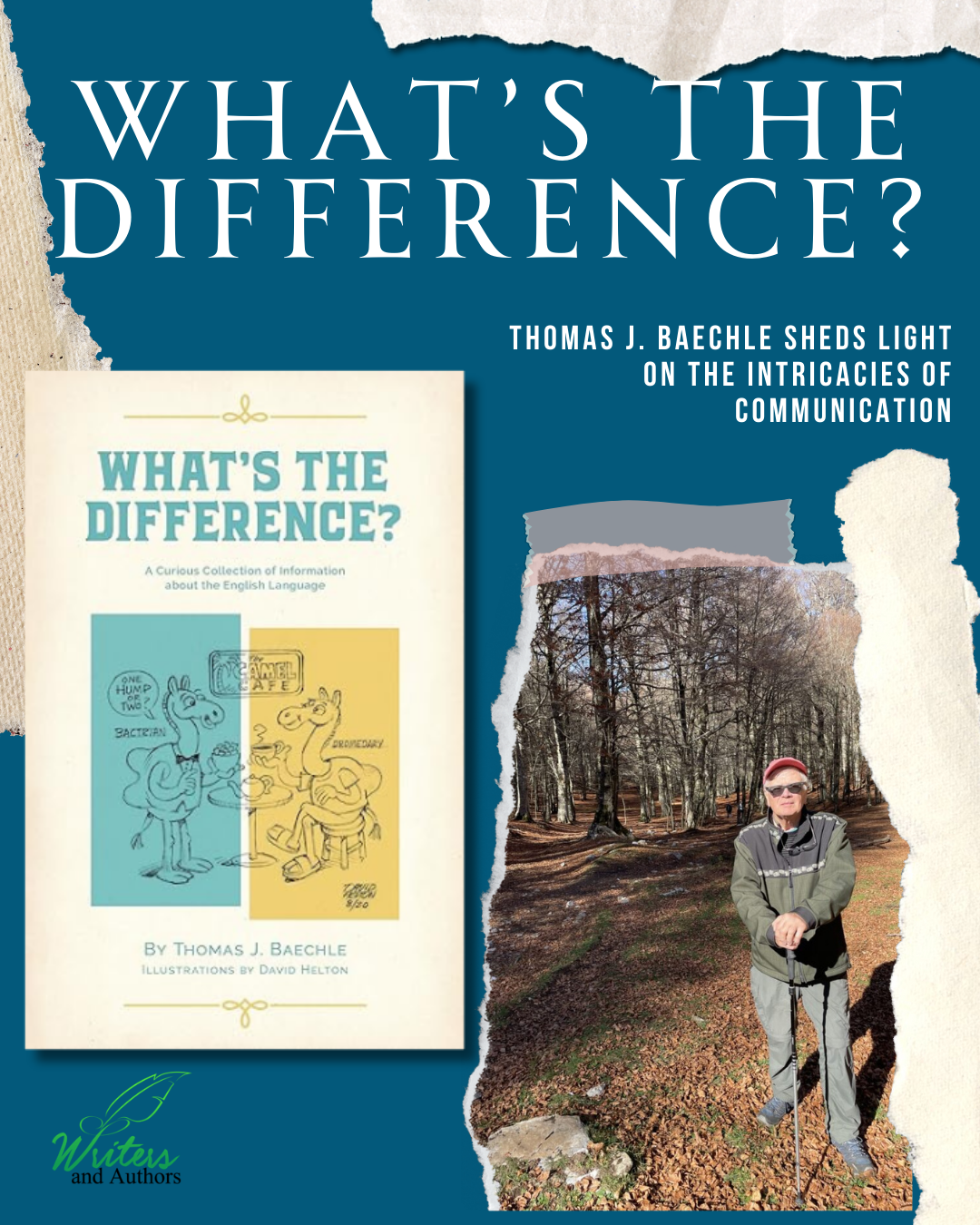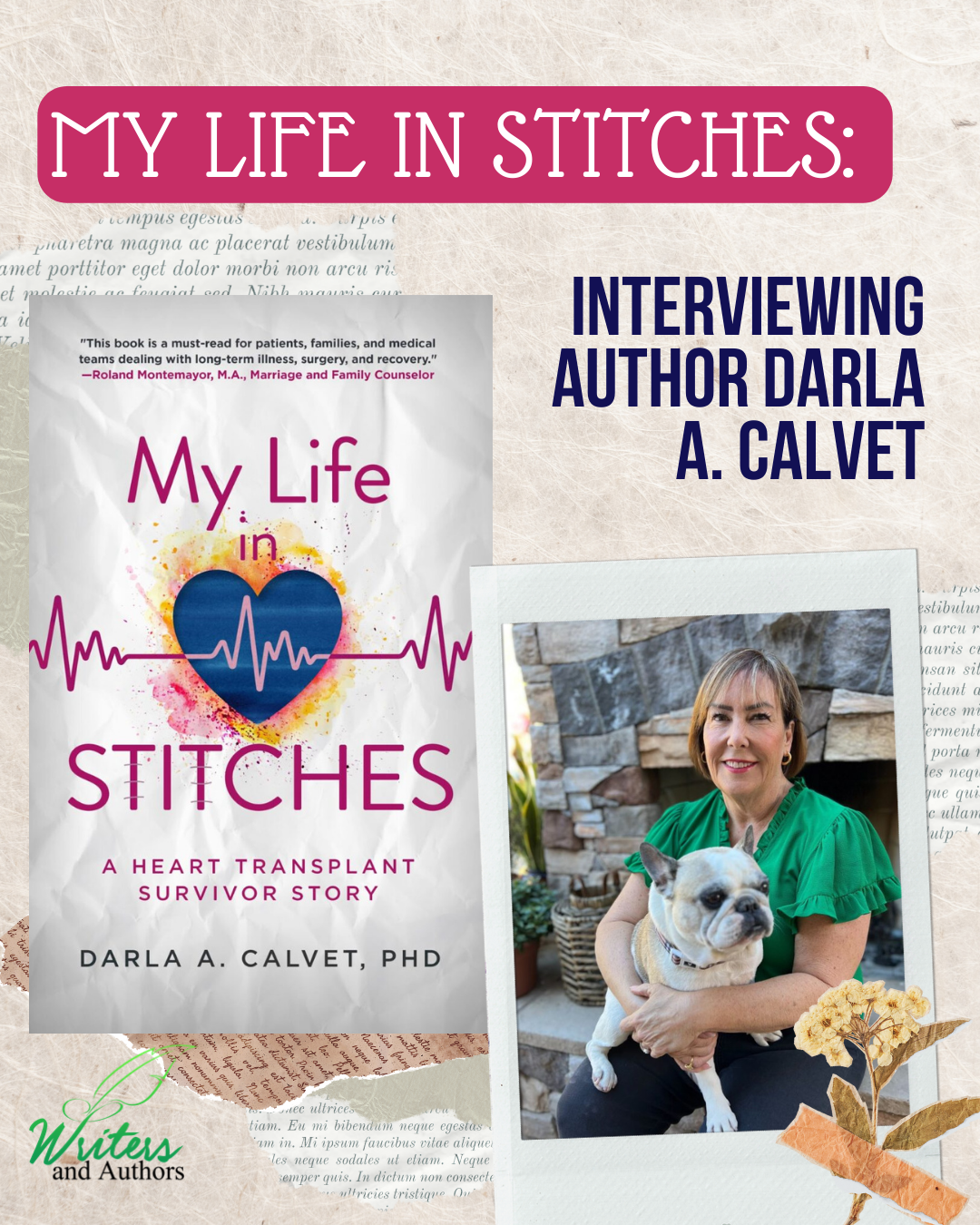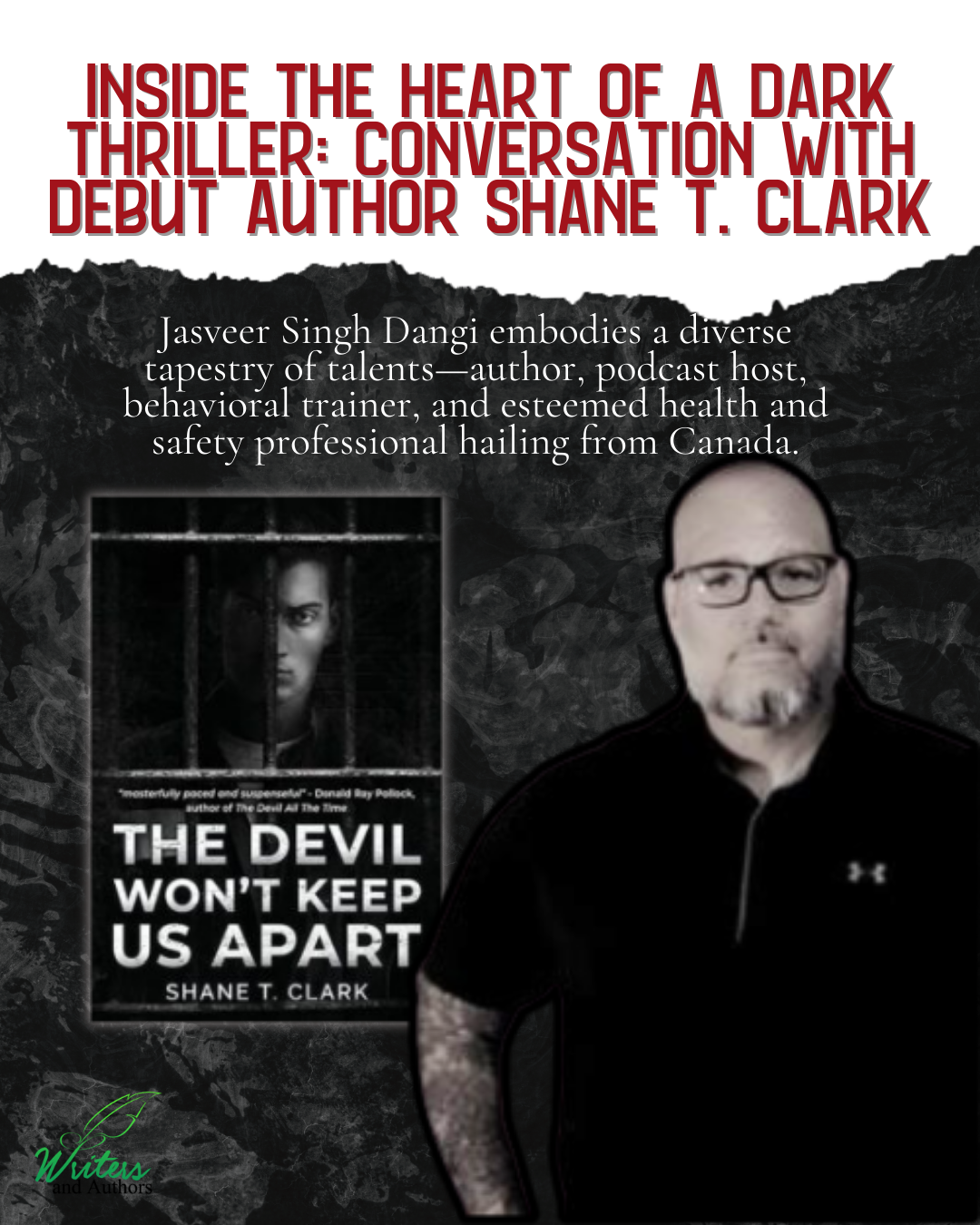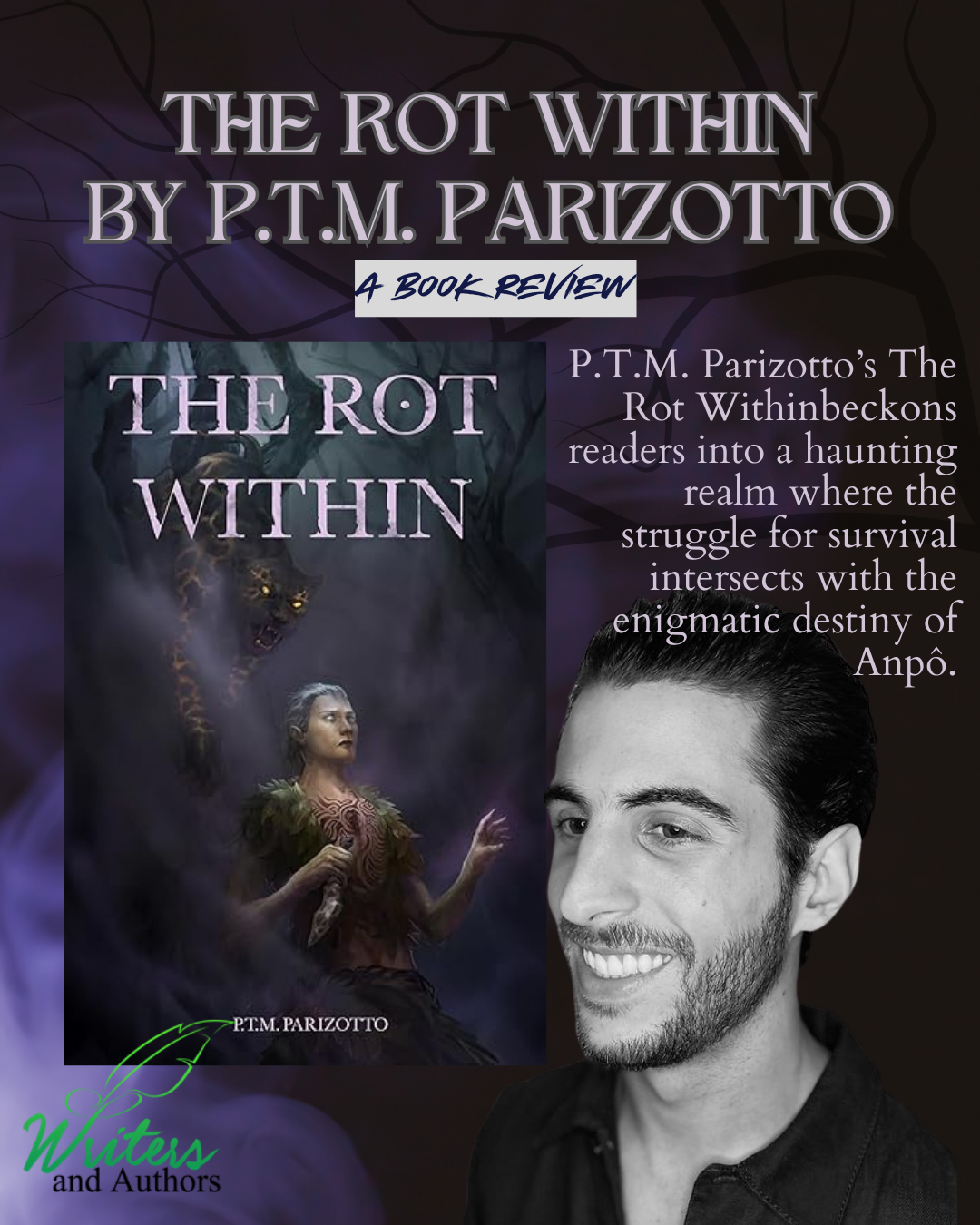Short stories allow you to experiment with new ideas and take creative risks, as they offer a compact canvas on which to paint a complete narrative. While it may seem daunting to tell a fully developed story in such a small space, the constraints of the short form can provide more flexibility in terms of plot structure. So don’t be afraid to challenge yourself and learn how to write a short story – you might surprise yourself with the results!
How to Plot a Short Story?
To write a captivating short story, it’s essential to quickly draw the reader into the world you’ve created and keep them engaged until the end. The key to plotting a short story is to effectively identify critical moments you want to build towards or sketch out a sequence of events that you can rearrange and revise later.
1- Brainstorm
You don’t need to constantly have multiple short story ideas on hand – just one strong concept is enough to get you started. When an idea strikes, take the time to develop it further. Consider using writing prompts to help inspire new ideas and jot down any characters, settings, or dialogue that come to mind.
Don’t worry about coming up with a complete story all at once – start with what you have and see where it takes you.
2- Write out the central conflict
A short story’s rising action is often built on the foundations of its central conflict or theme. It’s essential to understand what your character wants and what is standing in their way to create a sense of tension and forward momentum.
Consider whether the conflict is internal or external and at what point in the story the reader will meet your character. Understanding these elements will help you craft a compelling narrative with clear stakes and a satisfying resolution.
3- Create a brief outline
To outline your short story, start by sketching out the flow of events, including interactions between characters and critical moments. It can be helpful to jot down identifying characteristics and traits of your characters, but be selective when incorporating backstory – only include information relevant to the story’s main events.
A well-crafted outline will help you stay organized and ensure that your story flows smoothly from beginning to end.
4- Pick a point of view
While the first-person point of view is often effective in short stories due to its brevity, there are other options. Consider using a second-person or third-person point of view, depending on the needs of your story.
No matter which POV you choose, it’s best to focus on one main character to provide a consistent perspective and help the reader understand the story’s stakes. Remember that the POV you choose can significantly impact how the story is conveyed, so choose wisely and consider what will work best for your story.
5- Select the proper story structure
Short stories offer a unique opportunity to play with traditional storytelling structures. You can follow a linear narrative or experiment with a nonlinear approach, and your story can feature an entire arc or focus on a single pivotal moment.
You can also try opening your story in the middle of the action, known as “in media res,” or beginning with the inciting incident. Because of their brevity, short stories allow you the freedom to take creative risks and try out different techniques.
Final Words
It isn’t a daunting task regarding how to plot a short story. You can craft a compelling and well-structured short story by following these five steps – identifying your theme, developing your characters, creating conflict, sketching out your story flow, and choosing your point of view.
Remember to be flexible and open to change as you write, and don’t be afraid to take creative risks and try new techniques. With some planning and practice, you’ll be well on your way to writing a captivating short story that your readers won’t be able to put down.

